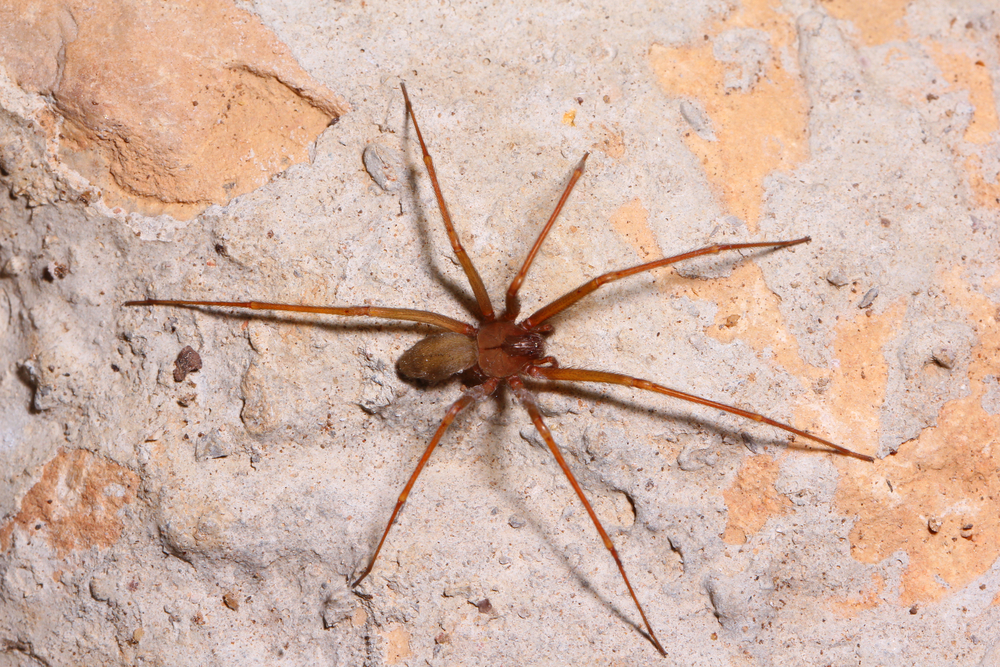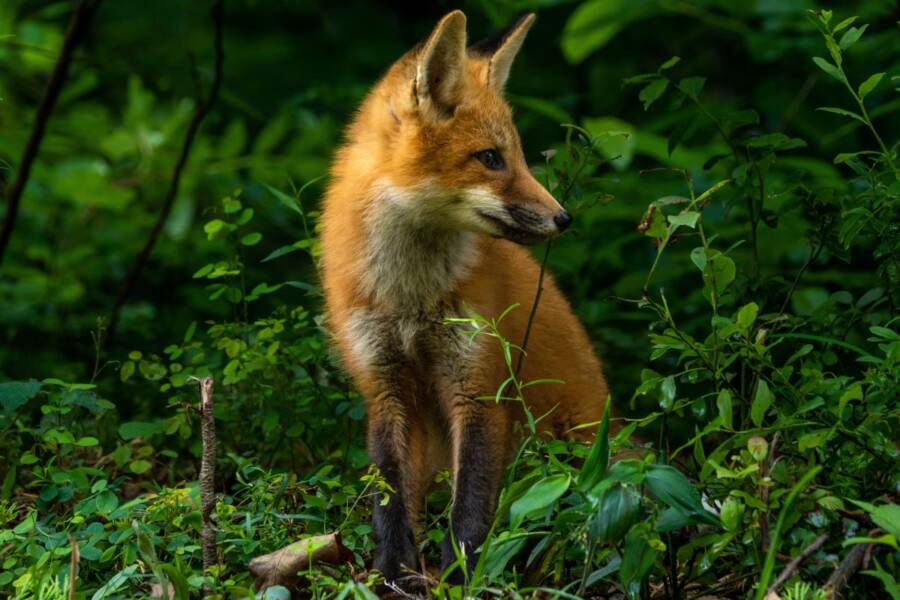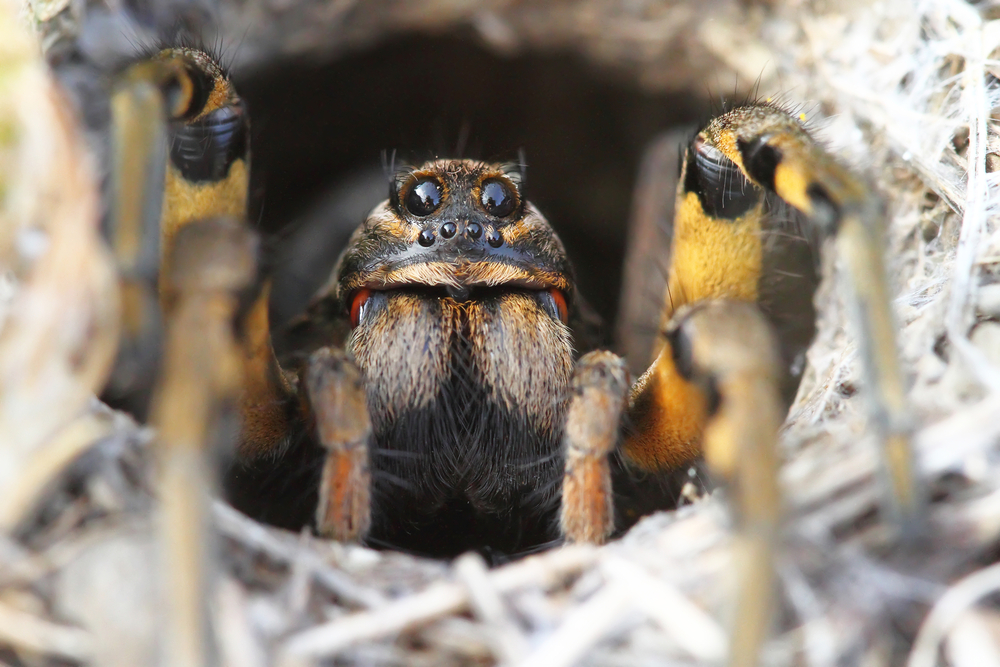It’s worth mentioning from the start the wide majority of household spiders are completely harmless, even if there are a couple of species that could inflict venomous bites that are strong enough to harm pets and people.
With thousands of other species of spiders known all around the world, it can be quite hard to know which are a nuisance and which you should avoid. Now, let’s take a close look at eight common spider types that you can find in the United States, and closely sort out the harmless ones from the harmful ones. Beware of the photos, they might make you feel…things!

Aren’t all spiders dangerous?
Contrary to common belief, not all species of spiders are poisonous. However, most of them are. For a spider to be deemed as poisonous, they have to cause medical harm when ingested. And since most of us don’t plan on adding spiders to our dinner plates, our own concerns mainly revolve around the toxicity of their venomous bites.
Now, if you get exposed to spider venom through bites, you might notice various degrees of reactions. All in all, most spider’s venom is toxic enough for the small bodies of their prey. Better yet, most spiders won’t even attempt to bite humans. And even if they do, most of us will hardly even notice.
Common types of house spiders that are harmless
There are all kinds of spiders in our homes. Some of them are harmless and non-poisonous, and others can be quite dangerous, especially if they bite or sting. Here are some of the main house spider species that might be considered harmless: cellar spiders, common house spiders, hobo spiders, jumping spiders, sac spiders, and wolf spiders. Now, let’s talk about each one of these species and see exactly how dangerous or unproblematic they are.
Cellar spiders
Cellar spiders are wildly referred to as “daddy longlegs”, and I’m honestly here for this amusing nickname. They probably earned it because of their thin, long legs. These lanky spiders have a single small body with a bunch of muted colors of light brown, grey, or even tan, which makes them a bit tricky to notice.
But cellar spiders generally leave evidence of their occupancy, and that’s definitely helpful. They are also responsible for some of the most unmethodical and messy-looking cobwebs found in corners and windowsills.
As the name points out, cellar spiders live in basements, garages, and cellars. They prefer hiding out in enclosed spaces, but you shouldn’t be surprised if you catch a cellar spider crawling across the ceiling, or baseboards, or even hiding out in the corners of your house.
And since they eat a wide variety of other insects and arthropods, some people even prefer having cellar spiders in their houses. They’re seen as beneficial pests. Cellar spiders don’t generally bite people, so you shouldn’t fear them if you ever stumble upon them.
Common house spiders
The spider you’ll probably encounter the most indoors is the house one. Truth be told, they’re nothing but an environmental annoyance to humans. House spiders are petite arachnids that measure somewhere in between 1/4 inch when fully matured.
Their bodies have a warm and golden brown or tan color with a mottled, speckled pattern on their abdomen. House spiders, just like cellar spiders, are also known as tangle-web spiders for the messy cobwebs they generally build in corners, under eaves, in closets, and anywhere with two adjacent walls, beams, and objects. The venom of these spiders is nothing to ever worry about. Besides, they will probably flee when they see you.
Hobo spiders
For a weird reason, these spiders were once known as “aggressive spiders”, but that’s not due to their danger to humans. As they’re quite swift and ominous-looking, they were named like this due to a misinterpretation of their Latin name, “agrestis”, which means “of the field.”
Hobo spiders are generally found outdoors, and their webs can be funnel-like and built beneath or within objects. Hobo spider webs are discovered inside bricks, underwood, within shrubs, and even indoors beneath beds or under piles in the garage.
Hobo spiders are constantly misidentified, as oftentimes they are mistaken for other funnel-weaving spiders in the same “clan.” These brown spiders are quite hairy on both their legs and bodies, and they also have a distinctive chevron marking on their abdomen.
With an average of 1/2 inch and long legs, they seem rather intimidating and they could actually bite when threatened, but treatment isn’t more complicated than any other bug bite.

Jumping spiders
These spiders possess impressive qualities when it comes to, well, jumping. Their bodies produce silk to wrap their egg sacs and hang from ceilings, but they aren’t typically web builders, relying on their mobility and rapid reflexes to pounce on their meals.
They’re even considered friends of green-thumbed humans because they love to hang out on foliage and feed on plenty of harmful garden pests. The way they look differs on the subspecies. Some are black and white, with striped markings, and others are brown and iridescent.
They are recognizable for the two enlarged eyes in the center of their heads, their clenched jaws, and their hairy bodies. The spiders are quite active daytime hunters, so you want to keep an eye out in the sunnier hours for these arachnids. It’s quite uncommon for them to bite, and if they do, it’s only mildly painful.
Sac spiders
Also known as yellow sac spiders, these small arachnids can look cream or beige-colored, too. Sac spiders have tufts of brown and black fur on the ends of their legs that seem like they’re sporting small socks and shoes. Sac spiders don’t generally build webs to catch the prey.
Instead, they spend the night hunting for small insects and eggs they can munch on. It’s not uncommon to find these spiders on the ceiling or even in a corner. Sac spiders are drawn to clutter both indoors and outdoors.
A pile of leaves, a dusty corner, and an enclosed space are places where sac spiders can be found. Sac spider bites can also range from slightly irritating to painful as a bee sting. However, their venom won’t cause anything more than an annoying bug-bite reaction for a couple of days.
Wolf spiders
These spiders were once thought to hunt in packs. However, they don’t gather to hunt, but they are quite swift and aggressive toward their prey, ambushing their meals from obscured hiding spots. Wolf spiders aren’t web-builders, and they are often times mistaken for small tarantulas.
Wolf spiders can be quite bold. It’s also very common to catch sight of one of them out in the open at ground level where they live.
Brown recluse spiders – watch out for them
Brown recluse spiders are potentially dangerous. Their venom is seen as necrotic/cytotoxic, which means that it causes death to living cells. Necrotic venom damages and kills tissue around the bite site, which causes bad reactions like blisters and lesions.
Brown recluse venom also affects the human body in various stages, and the reactions won’t start to show for hours or even days after the bite.
Are you looking for an effective spider-repellant? You should check this!
If you found this article useful, we also recommend checking out: 13 Quirky Dog Facts to Know















